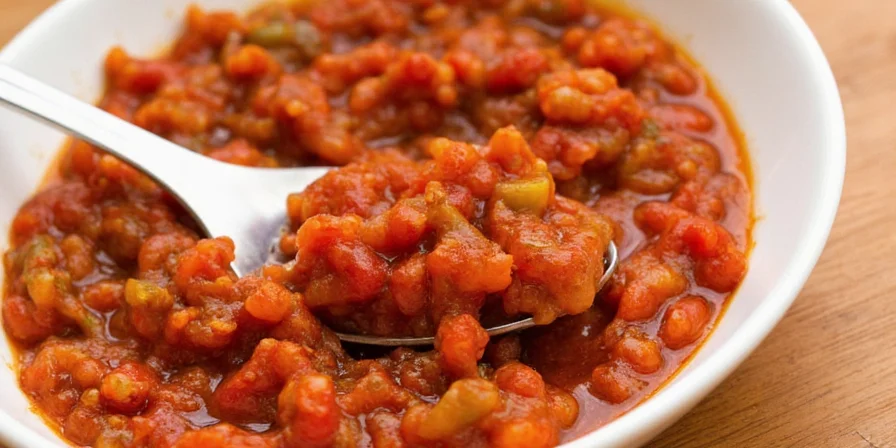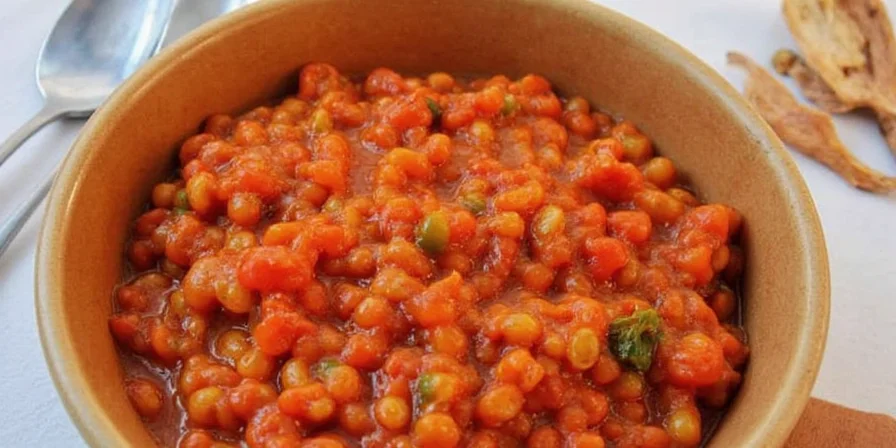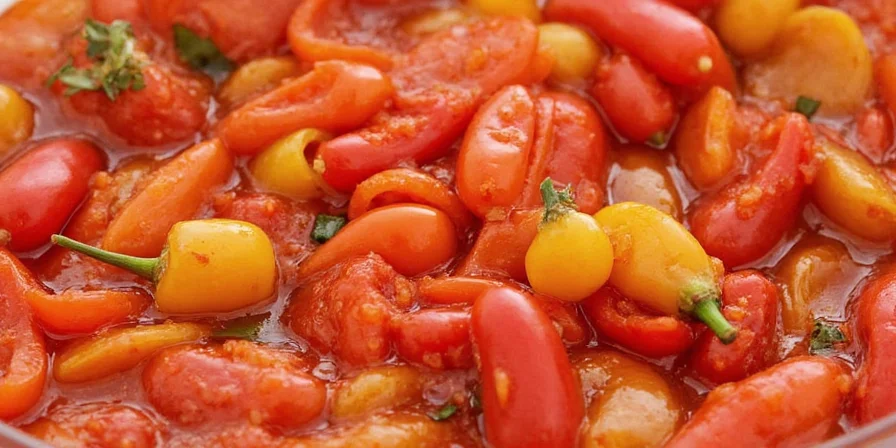Fresh, Fiery & Flavorful: A Deep Dive into Italian Hot Pepper Relish
Why Is Italian Hot Pepper Relish So Addictive?
From the sun-drenched hills of Calabria to the bustling markets of Sicily, Italian hot pepper relish has long been a staple in Mediterranean kitchens. But what makes this spicy concoction so irresistible? Whether drizzled over grilled meats, stirred into pasta sauces, or spread on rustic bread, its complex flavor profile—spicy, tangy, and slightly sweet—is hard to resist.
The Secret Sauce of Southern Italy
While many cultures have their version of chili-based condiments, peperoncino sott’olio (peppers preserved in oil) is uniquely Italian. It’s not just about heat—it’s about balance. Fresh peppers are often combined with garlic, vinegar, olive oil, and herbs like oregano and basil, creating layers of flavor that develop over time.

Table: Global Pepper Relishes Compared
| Relish Type | Main Ingredients | Heat Level | Typical Use | Region |
|---|---|---|---|---|
| Italian Hot Pepper Relish | Peppers, garlic, olive oil, vinegar | Mild to Medium-Hot | Pasta, meats, sandwiches | Italy |
| Sriracha | Chili, vinegar, garlic, sugar | Medium | Dipping sauce, marinade | Thailand/Vietnam |
| Harissa | Roasted red peppers, spices | Medium-Hot | Stews, couscous, dressings | Tunisia/North Africa |
| Tabasco | Tabasco peppers, salt, vinegar | Hot | Cocktails, wings, dips | Louisiana, USA |
| Gochujang | Fermented chili paste | Mild to Hot | Korean BBQ, stews | Korea |
10 Essential Tips for Perfecting Your Italian Hot Pepper Relish
- Choose the Right Peppers: Traditional varieties include Calabrian chili (peperoncino rosso) and cherry peppers. For a milder taste, use banana peppers or padróns.
- Roast Before Pickling: Lightly charring peppers adds depth and smokiness. Simply toss them in olive oil and roast at 400°F (200°C) until blistered.
- Vinegar Matters: Use white wine vinegar or apple cider vinegar to preserve flavor and acidity without overpowering the peppers.
- Add Some Garlic Love: Whole peeled cloves add pungency and balance out the heat.
- Olive Oil = Flavor Seal: Always top off your jars with high-quality extra virgin olive oil to keep peppers submerged and flavorful.
- Season with Herbs: Fresh oregano, thyme, or rosemary can transform your relish from basic to gourmet.
- Salt to Taste (and Preserve): A bit of coarse sea salt enhances flavor and acts as a natural preservative.
- Let It Rest: For best results, let the relish sit for at least two weeks before using—flavors will deepen and mellow.
- Store Smart: Keep sealed jars in a cool, dark place for up to six months. Once opened, refrigerate.
- Use Creatively: Don’t limit yourself! Try it on pizza, scrambled eggs, roasted vegetables, or even cocktails.
FAQ: All You Need to Know About Italian Hot Pepper Relish
What is Italian hot pepper relish made of?
Typically, it includes hot peppers, garlic, vinegar, olive oil, and sometimes herbs. Some recipes also include a touch of sugar to balance the acidity.
Is it healthy?
Absolutely! Peppers are rich in vitamin C and capsaicin, which boosts metabolism and supports heart health. Olive oil adds healthy fats, and vinegar aids digestion.
How hot is traditional Italian pepper relish?
It varies depending on the type of pepper used. Most traditional versions fall between 5,000–15,000 Scoville units, placing them in the medium-hot range.
Can I make it vegan or gluten-free?
Yes! Since it’s naturally gluten-free and contains no animal products, it’s perfect for both diets. Just ensure any added seasonings or oils are certified accordingly.
Spice Hack: The Ultimate Italian Pepper Relish Upgrade
If you want to go beyond the basics, here’s how to level up your relish game:
- Add citrus zest (like lemon or orange) for a refreshing twist.
- Infuse with chili flakes or fresh jalapeños for extra heat.
- Try adding a splash of balsamic reduction for sweetness and complexity.
- Experiment with smoked paprika or fennel seeds for deeper flavor layers.

Conclusion: Spice Up Your Life the Italian Way
Whether you're a seasoned chef or a curious home cook, Italian hot pepper relish is a versatile and delicious way to bring global spice traditions to your table. With a few simple ingredients and a little patience, you can craft a condiment that elevates everyday meals into something extraordinary. So fire up those peppers, get pickling, and discover why Italy's fiery favorite is a worldwide hit!











 浙公网安备
33010002000092号
浙公网安备
33010002000092号 浙B2-20120091-4
浙B2-20120091-4